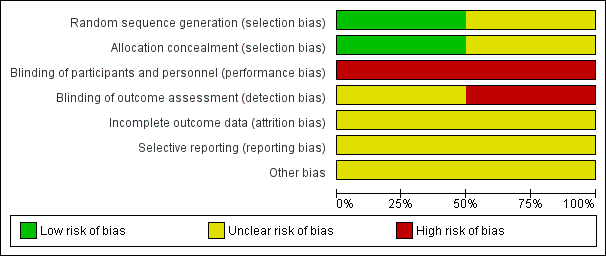Contenido relacionado
Revisiones y protocolos relacionados
Benjamin Rousea, Jimmy T Lea, Gus Gazzard | 9 enero 2023
Ariel Yuhan Ong, Sueko M Ng, S Swaroop Vedula, David S. Friedman | 24 marzo 2021
James M Bayliss, Wai Siene Ng, Norman Waugh, Augusto Azuara-Blanco | 23 marzo 2021
Manuele Michelessi, Kristina B Lindsley | 12 febrero 2016
Jennifer R Evans, Manuele Michelessi, Gianni Virgili | 24 noviembre 2014
Gianni Virgili, Manuele Michelessi, Maurizio B Parodi, Daniela Bacherini, Jennifer R Evans | 23 octubre 2015
Dayse F Sena, Kristina Lindsley | 25 enero 2017
Lisa Jones‐Jordan, Xue Wang, Roberta W Scherer, Donald O Mutti | 2 abril 2020
Heather Casparis, Kristina Lindsley, Irene C Kuo, Shameema Sikder, Neil M Bressler | 16 febrero 2017
Jin‐Wei Cheng, Shi‐Wei Cheng, Rui‐Li Wei, Guo‐Cai Lu | 15 enero 2016






